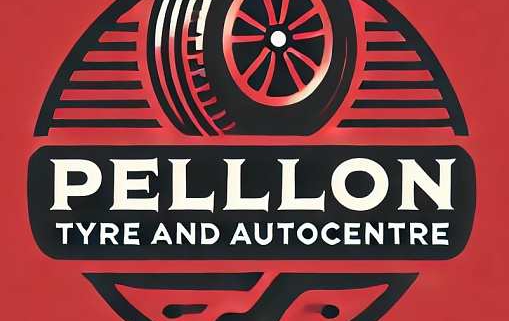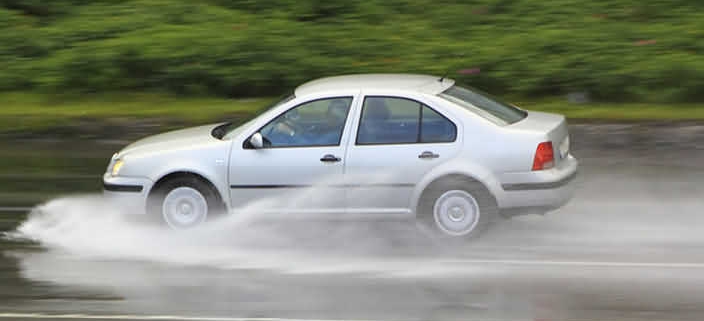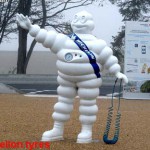Tyre Aquaplaning
Table of Contents
Tyre Aquaplaning
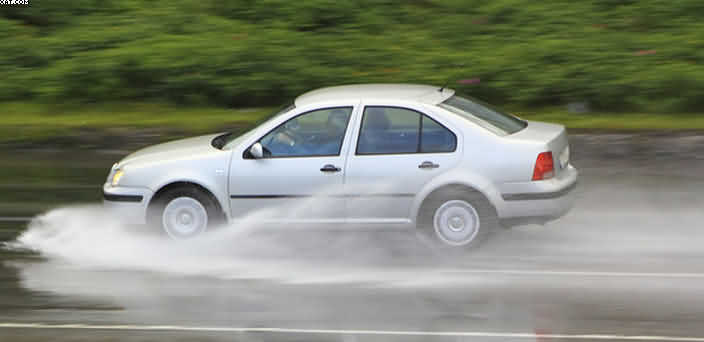
Tyre Aquaplaning
Like the rest of the planet. Large-scale periods of torrential rain have hit Britain. Here in Halifax, UK, we are part of the Calder Valley, river, and canal system. There are steep hills all around the Calder River. Also, there are many small country roads on each side for much of its length. This has a funnelling effect for any rain that falls. Especially heavy rain.
This winter has seen really bad flooding in the Calder Valley. As a result, towns such as Hebden Bridge and Mytholmroyd were very badly flooded. In this case, on Boxing Day of 2015.
Aquaplaning: Bald-Tyres Navigation on Halifax’s Wet Roads
Greetings, Halifax residents! In the current discourse, we shall explore a subject that is sadly all too familiar to the British public: aquaplaning, which occurs when heavy rainfall causes worn tyres to puncture. Maintaining a firm grip on the road is more crucial than the atmospheric conditions. Furthermore, it is impossible to discuss tyres in Halifax without mentioning our hometown heroes at Pellon Tyres.
Consider this: Tyre Aquaplaning
A typical cloudy day has arrived in our beloved West Yorkshire. There is an unmistakable British drizzle in the air, and the streets are reflecting rainfall. As you travel along the winding roadways of Halifax, your vehicle abruptly loses traction, as if it were acting independently. Aquaplaning describes this precarious circumstance.
To begin with, what is aquaplaning?
It occurs when a layer of precipitation causes your vehicle’s tyres to lose contact with the road, causing you to lose control. Attempting to ice skate with your vehicle is an abyss—trust me, it is not a pleasant experience.
What is the relevance of this to the bald tyres that were previously mentioned? Bald tyres, which are weathered and have diminished traction, have shallower treads. When they are combined with a typical British deluge, driving through the streets of Halifax becomes a dangerous endeavour.
To put it simply: Tyre Aquaplaning
The inability of bald tyres to effectively disperse water causes water to accumulate between the tyre and the road. By effectively elevating your tyres off the road surface, this water layer creates the sensation of hovering on a watery surface. This is an undesirable circumstance to encounter, particularly when traversing the occasionally meandering and steep streets of Halifax.
At this juncture, Pellon Tyres provides assistance.
With years of experience serving our community, these local tyre specialists are well-acquainted with the particular difficulties that our roads pose. They are particularly aware that a set of properly maintained tyres can prove to be a saviour in the event of a clear sky.
Pellon Tyres provides an assortment of high-quality tyres that are specifically engineered to withstand the capricious weather conditions prevalent in Britain. Whether you require all-season tyres or those designed specifically for damp conditions, they have you covered. When the rain begins to fall, their helpful and knowledgeable staff will assist you in selecting the most suitable tyres for your vehicle, ensuring that you have optimal traction.
But it goes beyond simply marketing tyres;
it also involves ensuring the safety of our community’s roadways. The staff at Pellon Tyres is cognizant of this, and they are dedicated to offering Halifax drivers exceptional service and guidance.
Aquaplaning is, in summary, a tangible and potentially hazardous occurrence, particularly when coupled with exhausted tyres. However, with a little forethought and the proper tyres, it is possible to maintain complete control, even on the dreary days of Halifax. Therefore, keep in mind the significance of proper tyre maintenance, and if you require guidance or new tyres, feel free to consult with our local specialists at Pellon Tyres. Rain or shine, let us maintain the safety of the roads in Halifax.
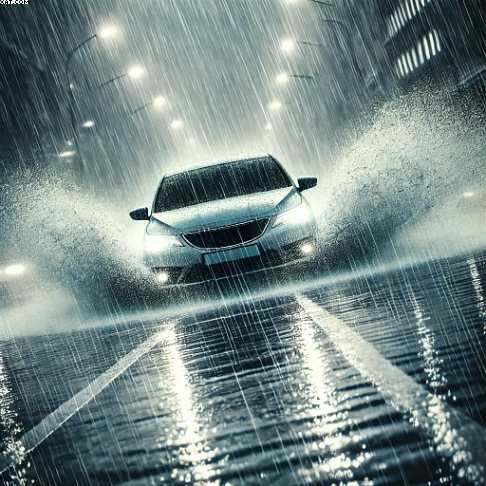
Our area was deluged. Tyre Aquaplaning
Therefore, the water was coming down the country roads like rivers. Accordingly, the vehicle in which I was travelling was fitted with winter tyres. Because of this, I felt safe and secure in the knowledge that the car would not aquaplane. My car ploughed through the water, and I felt confident that my winter tyres were disposing of all the water that the heavens could throw at us.
Tyre aquaplaning is caused when it builds up in front of your tyres at a faster pace than the weight of your car can push out of the way. This causes the car to rise up and creates a thin layer of water between your tyres and the road surface.
Tyre Aquaplaning
When this happens,. Then, your car is virtually out of control, of course, and can have a will of its own. Often drifting out in any direction and even off the road. The worst scenarios are combined with the lack of tyre tread (bald tyres). We have all seen the effects. As a result of racing tyre slicks (the racing tyres with no tread pattern at all) when there is a sudden downpour during a race,.
The race cars just lose total control.
Well, this is what happens with your tyres aquaplaning.
Better still fit winter tyres; they are not just for the snow but will get rid of most of the water and will make your life much safer during any bad weather.
Also, watch out when it rains for the first time after a dry spell. The rain mixes with the oil and other chemicals on the road surface and can make it very slippery. This condition often causes many crashes.
If you are driving through a storm and the rain gets too heavy, then pull over and stop (when it is safe to do so, of course).
